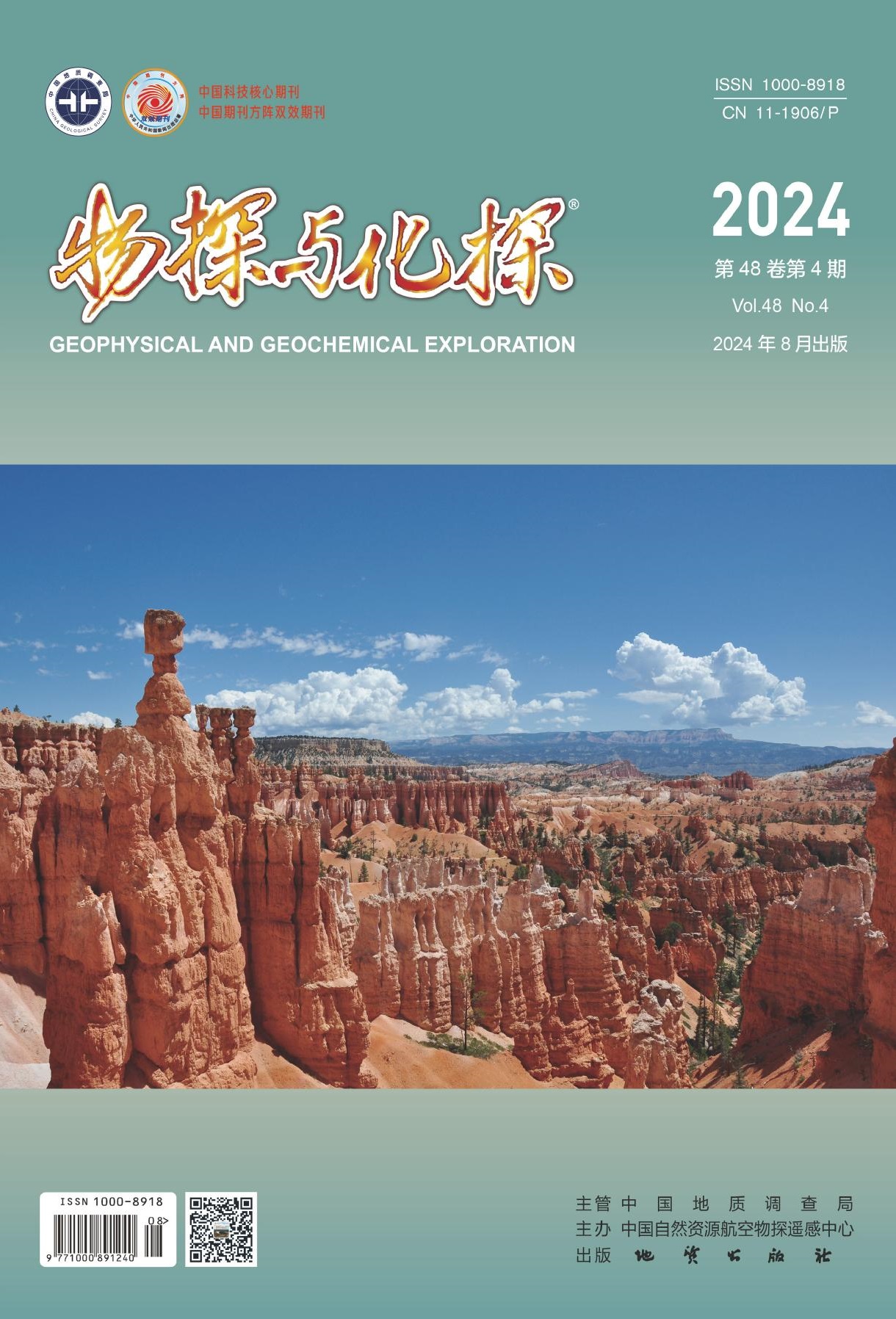YUAN Yu-Ting, LIU Xue-Min, WANG Xue-Qiu, TAN Qin-Ping. 2023. Sulfur-lead isotopes based tracing of the metal element anomalies identified in the total metal measurement of surface fine-grained soils: A case study of the Shuiyindong Carlin-type concealed gold deposit. Geophysical and Geochemical Exploration, 47(4): 1083-1097. doi: 10.11720/wtyht.2023.1215
| Citation: |
YUAN Yu-Ting, LIU Xue-Min, WANG Xue-Qiu, TAN Qin-Ping. 2023. Sulfur-lead isotopes based tracing of the metal element anomalies identified in the total metal measurement of surface fine-grained soils: A case study of the Shuiyindong Carlin-type concealed gold deposit. Geophysical and Geochemical Exploration, 47(4): 1083-1097. doi: 10.11720/wtyht.2023.1215
|
Sulfur-lead isotopes based tracing of the metal element anomalies identified in the total metal measurement of surface fine-grained soils: A case study of the Shuiyindong Carlin-type concealed gold deposit
-
1. Applied Nuclear Technology in Geosciences Key Laboratory of Sichuan Province, Chengdu University of Technology, Chengdu 610059, China;
-
2. Institute of Geophysical and Geochemical Exploration, Chinese Academy of Geological Sciences, Langfang 065000, China;
-
3. State Key Laboratory of Ore Deposit Geochemistry, Institute of Geochemistry, Chinese Academy of Sciences, Guiyang 550081, China
More Information
-
Corresponding author:
LIU Xue-Min
-
Abstract
Exploring concealed deposits in covered areas is an important way to solve the current resource dilemma. Extensive experimental studies using the deep-penetration geochemical methods developed at home and abroad have been conducted targeting some known concealed deposits, yielding satisfactory results. However, these methods have yet to be widely employed for prospecting in unknown covered areas due to the failure in determining whether surface metal element anomalies are directly from deep ore bodies. Accordingly, it is urgent to develop a tracing technique for surface anomalies. The Shuiyindong gold deposit in Guizhou Province is a super-large fully-concealed Carlin-type gold deposit in China, and its ore-forming fluids are rich in elements such as S, Au, As, Sb, and Hg. This study sampled surface fine-grained soils in the Shuiyindong gold deposit for the concentration analysis of five trace elements (Au, As, Cu, Sb, and Hg), verifying the prospecting effect of the total metal measurement technique of fine-grained soils in this deposit. Moreover, the source of surface soil anomalies was identified using sulfur (S) and lead (Pb) isotopes. This study found that: ① The total metal measurement technique of fine-grained soils showed encouraging indicative effects, with the high Au-As-Sb-Hg anomalies obtained roughly consistent with the distribution of concealed ore bodies and faults, and Hg exhibited the best indication effect on concealed ore bodies. ② The δ34S values and the ratios of radiogenic w(207Pb)/w(204Pb) and w(206Pb)/w(204Pb) in the soil above concealed ore bodies and faults were significantly higher than those in the soil of the surrounding rock area, effectively indicating that the anomalies in the surface fine-grained soils were from deep concealed ore bodies. This study provides a theoretical basis for exploring concealed Carlin-type gold deposits in the same type of covered areas using the total metal measurement technique of fine-grained soils.
-

-
-
Access History







 DownLoad:
DownLoad: